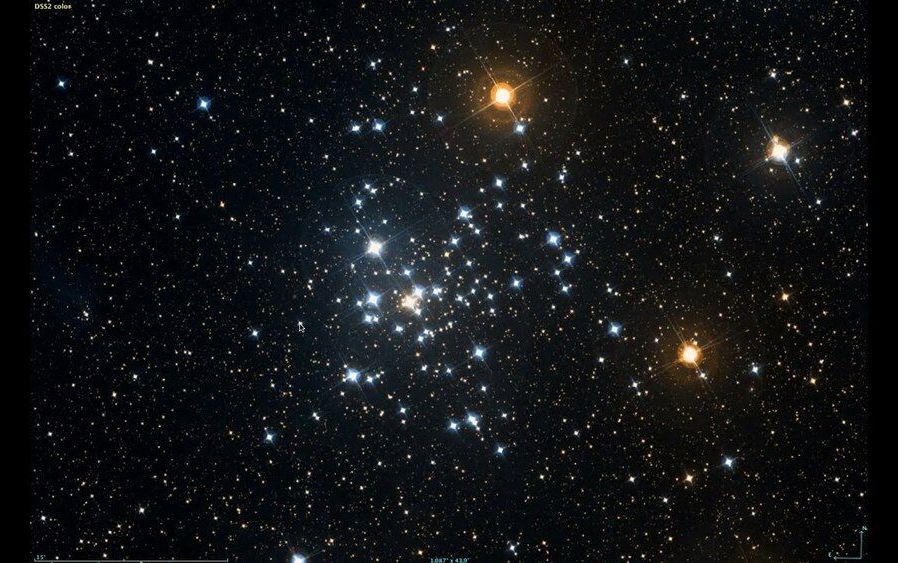It’s hard to see more than a handful of stars from Princeton University, because the lights from New York City, Princeton, and Philadelphia prevent our sky from ever getting pitch black, but stargazers who get into more rural areas can see hundreds of naked-eye stars — and a few smudgy objects, too.
The biggest smudge is the Milky Way itself, the billions of stars that make up our spiral galaxy, which we see edge-on. The smaller smudges don’t mean that you need glasses, but that you’re seeing tightly packed groups of stars. One of the best-known of these “clouds” or “clusters” — groups of stars that travel together — is the Pleiades, also known as the Seven Sisters. Clusters are stellar nurseries where thousands of stars are born from clouds of gas and dust and then disperse across the Milky Way.
For centuries, scientists have speculated about whether these clusters always form tight clumps like the Pleiades, spread over only a few dozen lightyears.









Comments are closed.